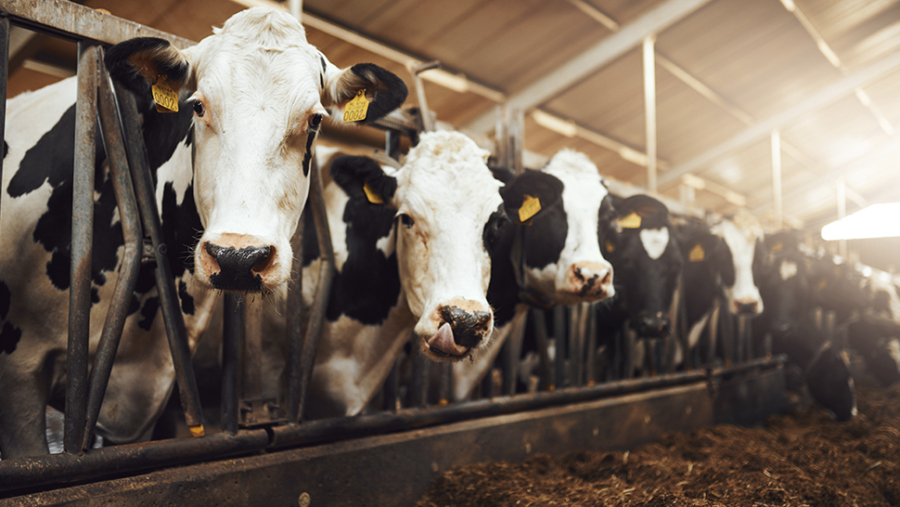

Summer is here and many people will be heading outside and exploring the countryside.
We have previously written about the importance of the Countryside Code and keeping dogs under control, but landowners and farmers also need to be mindful of their responsibilities wherever their livestock or animals come into contact with members of the public.
Under the law of negligence, keepers of animals owe a duty of care to take reasonable steps to reduce the risk of injury to others. What constitutes “reasonable steps” will depend on the circumstances.
In certain circumstances, the Animals Act 1971 (the Act) can impose strict liability on a keeper of an animal for damage caused by that animal. Unlike negligence, strict liability means that there doesn’t need to be a finding of fault against the keeper.
It is worth bearing in mind that a “keeper” can be both the owner and any person who possesses the animal, unless possession is only taken to prevent it from causing damage or to return it to the owner.
Under the Act, there are different rules for animals depending on whether they belong to a “dangerous species” or not. Animals commonly domesticated in the UK such as dogs, cats, sheep, cattle and horses are not classed as being dangerous.
A keeper of a non-dangerous animal will be liable only where the injured party can satisfy a three-limb test under section 2(2) of the Act, and no defence is available.
The first limb of the test is that the damage is of a kind which the animal, unless restrained, was likely to cause or which, if caused by the animal, was likely to be severe.
The second limb of the test is that the damage must have been the result of some characteristic of the animal which is either:
- Particular to the animal in question but not normally found in animals of the same species, e.g. a horse with a tendency to bite
- A normal characteristic for the animal’s species but one which presents itself only at particular times or in particular circumstances, e.g. horses “spooking” when alarmed, or a cow protecting its calf.
The Third limb of the test is that those characteristics were known to the keeper of the animal.
Whether all three limbs of the test are satisfied will necessarily turn on the individual facts of each incident.
There has been a steady stream of case law on the second limb of the test in particular. Courts have held that a horse which escaped and caused a collision with a car when panicking did satisfy the test, while a horse which had wandered from its field but was standing still in the road at the time of the collision did not.
Ultimately, the unpredictability of animals makes it impossible to guard against all risks, but the usual precautions can certainly help reduce the risk of an incident such as:
- Maintaining secure and adequate fencing
- Keeping animals away from public highways or footpaths at times when the risk of unpredictable behaviour might be higher – e.g. when cows are with calf
- Assessing the behaviour of individual animals and taking extra precautions with those displaying any unusual and dangerous behaviours.
Keepers of animals should also ensure they have adequate insurance cover in place to meet a claim should the worst happen.










